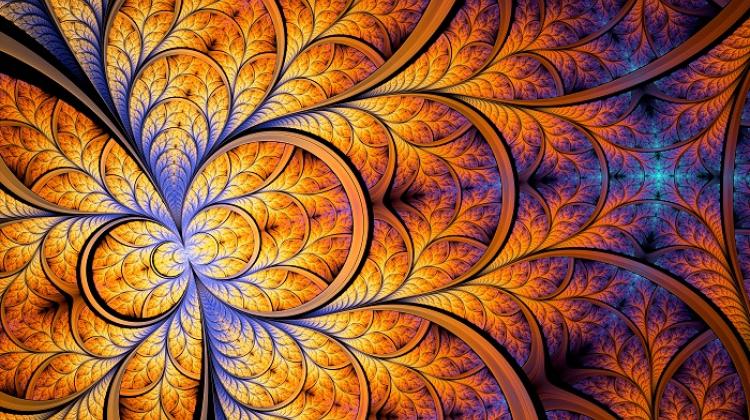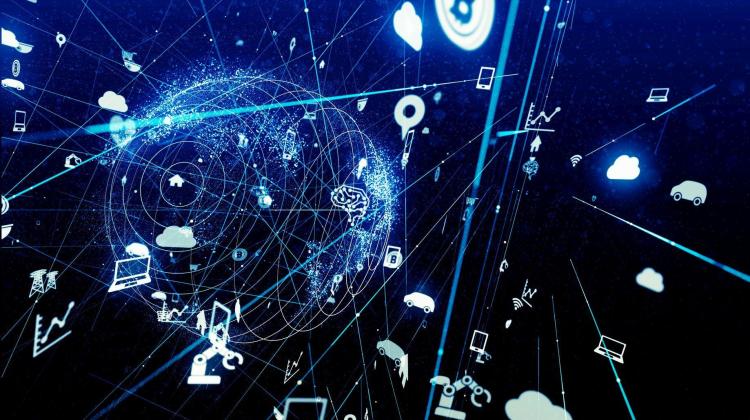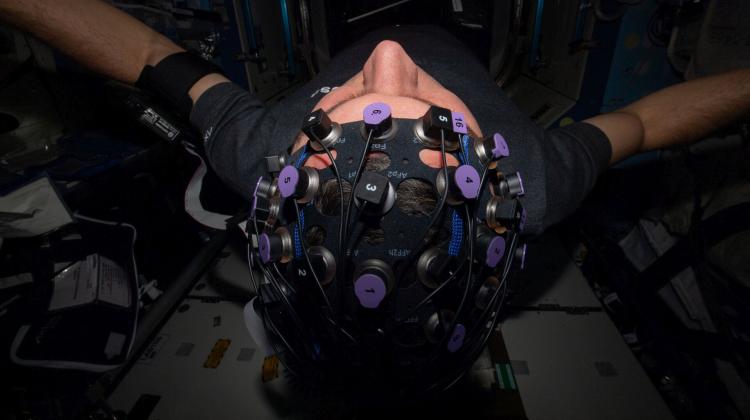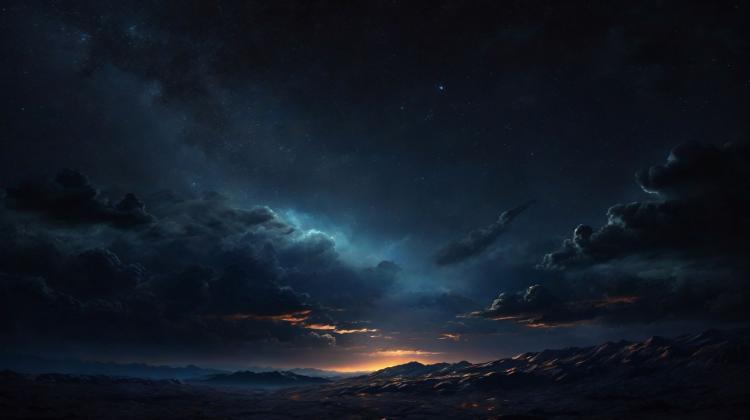Virgo launches joint observations of gravitational waves with LIGO
 Photo: Fotolia
Photo: Fotolia
European gravity wave detector Virgo officially joined Tuesday the Observational Run 2, starting to collect data together with American LIGO detectors - reported Polish research group POLGRAW participating in the observations.
Joining the observation campaign is a big step forward for Virgo\'s cooperation and the effect of a long-term modernization program aimed at improving the sensitivity of the European detector. Virgo tests after upgrades have been successfully completed in recent months. The start-up phase lasted almost a year. It was a time of intensive work of scientists and engineers from the European Gravity Observatory (EGO) and other collaborating laboratories.
"The last months have been spent on commissioning VIRGO, and this went very well. We are eager to start our first science run, joining LIGO at this exciting time for our field" - said the VIRGO project spokesperson Jo van den Brand, quoted in the National Centre for Nuclear Research release.
Virgo\'s sensitivity is lower than that of LIGO interferometers, but sufficient to confirm any possible gravitational waves observed by LIGO. The use of the European interferometer will allow to achieve better accuracy of the location of the source of observed gravitational waves in the sky. New data are still being collected in the ongoing observational run.
"We waited a long time for the gravitational wave detector Virgo to start a joint observation with LIGO detectors. Thanks to joint observations of the three detectors we will increase accuracy of the location of sources of gravitational waves almost tenfold" - commented Dr. Dorota Rosińska from the University of Zielona Góra, working in the POLGRAW group.
Observational Run 2 (O2) began on November 30, 2016 and will continue until August 25, 2017. During this time, gravitational waves produced by the merging of two black holes with star masses were successfully detected for the third time. The signal GW170104 was registered on January 4, 2017, and the discovery was announced by LIGO and VIRGO on June 1, 2017.
"While the detections to date with the LIGO instruments have been rich with scientific reward, we are really moving into a new domain being able to observe with three detectors. The deep collaboration between VIRGO and LIGO allows us to make the most of this new configuration" commented David Shoemaker of MIT, spokesperson for the LIGO Scientific Collaboration.
After the O2 is over, Virgo detector sensitivity will continue to be increased. This will require a better understanding of the noise in the detector that limits its sensitivity. Later, several key upgrades will be implemented, for example, special monolithic suspensions of mirrors will be installed. Mirrors will be hung on durable glass fibres instead of metal wires. These preparations will be completed before the third observational run O3, to be launched in autumn 2018.
The Virgo team research is conducted jointly by over 280 astronomers, physicists and engineers from 20 European research groups from France, Italy, the Netherlands, Hungary, Spain and also from Poland. The POLGRAW group members are researchers from the Institute of Mathematics of the Polish Academy of Sciences, Nicolaus Copernicus Astronomical Centre PAS, the National Centre for Nuclear Research, the AGH University of Science and Technology in Kraków, as well as the University of Bialystok, Jagiellonian University in Kraków, Nicolaus Copernicus University in Toruń, the University of Warsaw, the University of Wroclaw and the University of Zielona Góra.
The first detection of gravitational waves was observed by scientists associated with the LIGO and Virgo detectors on September 14, 2015, and the historical achievement was reported in February 2016. Two LIGO detectors almost simultaneously recorded a gravitational wave signal from two colliding black holes. LIGO caught the second wave in December 2015, and its source was again the collision of two black holes.
PAP - Science and Scholarship in Poland
cza/ ekr/ kap/
tr. RL
Przed dodaniem komentarza prosimy o zapoznanie z Regulaminem forum serwisu Nauka w Polsce.


















